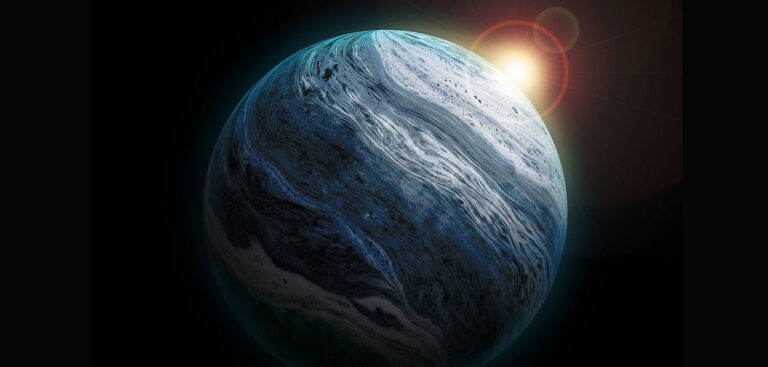South Africa is planning to expand its systems for monitoring and forecasting space weather.
Lee-Anne McKinnell, managing director for space science at the South African National Space Agency (SANSA), said in an interview with Space.com that space weather is “growing in the world” and was “becoming a natural risk to technological systems.”
Space weather – a range of phenomena that result when highly-charged plasma discharged by the sun interacts with Earth’s atmosphere and geomagnetic field – has so far had limited impact on South Africa, said McKinnell. She added that two recent incidents – a satellite falling silent and a burnt-out power transformer – may have been attributable to the phenomenon.
However, the sun is currently in a low-activity phase of its 11-year cycle and by the time it reaches its next solar maximum in 2024 McKinnell anticipates that the country is “going to see a lot of impact from space weather.”
South Africa currently has a well-developed ground-based monitoring network, particularly for detecting satellite signals as they travel through the atmosphere, which can be used to measure changes in the Earth’s geomagnetic field.
McKinnell says SANSA wants to expand this ground-based “distributed network of instruments” through Africa.
But she said it was also vital for African nations to develop their own monitoring capacity instead of relying on other countries’ satellites.
“Space weather is a global phenomenon, but it really has regional impact,” she said. “The space environment as you go across the globe is very different, so the impact that you’re going to feel from space weather is very different.”
As understanding about the effects of space weather grows a number of countries are investing in improving their forecasting techniques. The UK, for example, recently announced plans to invest US$25m in research and development to help cope with its potential impacts.



